|
https://ift.tt/2JOcU4q
Is Facebook Organic Marketing Dead? https://ift.tt/2V2d4GB
To explore Facebook organic marketing, I interview Mari Smith. Mari is a consultant for Facebook, and the leading expert on Facebook marketing. She’s also the author of The New Relationship Marketing: How to Build a Large, Loyal, Profitable Network Using the Social Web. Discover how Facebook’s pubic mission has changed, and learn where marketers should focus their Facebook marketing efforts, today. Read a summary of the interview below. To listen to the interview, scroll to the end of this article.
Facebook Marketing: What’s Working?Mari has loyal tribe of marketers she trains and communicate with, and she says there’s a love hate relationship for many marketers who utilize Facebook and its family of apps. Even though she’s an expert, she can relate. There are definitely arenas of Facebook marketing that are terribly frustrating. The things that used to work don’t any longer – one of which is certainly organic marketing – and the frequency of change is frustrating for business owners. That said, Facebook is still the primary channel for many marketers. I note that even with the recent privacy-related scandals, people who say they likely wouldn’t be on the platform each day if their work didn’t require it also say they probably couldn’t step completely away from it either. I liken the platform to a siren and Mari agrees. Additionally, there are changes to the algorithm to consider as well as the type of content that Facebook chooses to give preference to at any given time. Facebook features aren’t the only things that have seen change, though. For the longest time, Facebook’s mission statement was to connect the world. Then, out of the blue, they decided to change it. Now the mission is built around giving people the power to build community and bringing the world closer together.
For example, Facebook began putting on live, in-person Facebook Community Summit events; participants are chosen from applicants who manage major Facebook groups. Mari believes this a cue that Facebook is working toward making the groups product more business-friendly and points to new monetization features such as subscription groups as a by-product of that business-friendly agenda. She thinks this relates to something Mark Zuckerberg said on the Q4 earnings call in January, which is that people want to share in more private environments. Those environments include groups, certainly, but also extend to messaging and other products that support ephemeral content, such as Stories. Additionally, due in part to all of the legalities around the platform’s data protection issues, Facebook is putting a strong emphasis on making more of their products with end to end encryption by default. The notion that our information is encrypted and doesn’t stick around forever is supposed to appease the public in general. What does this mean for marketers? Mari believes people will be much more open about sharing more intimate things when they think it’s going to disappear. She also surmises that Facebook is gathering some of that data, all anonymized, and that even though Stories content disappears it’s somehow going to be targetable. What Isn’t Working on Facebook
If the video is yours, load it up natively to Facebook. If the video belongs to someone else, look for it on Facebook and share it from the original owner’s upload. While native content is best, Mari stresses that doesn’t mean you can’t pre-schedule your content and suggests AgoraPulse or the native Facebook scheduler. Link posts, which used to be part of everyone’s strategy, are also getting tricky. BuzzSumo analyzed 777 million posts throughout 2018 and found that without question link posts for any article, blog post or website that lives outside of the Facebook ecosystem get the lowest reach and the lowest engagement. And then there’s the fact that average organic reach is now 1% to 6%. Further, because Facebook is trying to serve quality, meaningful content in the feed, memes or quote graphics aren’t aren’t working any longer. In fact, according to BuzzSumo’s research, video posts are outperforming photo and still image posts by 73%. Listen to the show to hear my observations on link posts from inside groups. What Is Working on Facebook
Why Question Posts WorkMari thinks the question posts work for two reasons. First, they take up less space in the newsfeed. Newsfeed space is especially important when you remember that 90% of Facebook users access the platform predominantly via mobile devices. Second, a question hooks the mind. And if it’s a well-crafted short question, our brains almost can’t help but respond and that’s what Facebook wants. They want the content in the newsfeed to elicit meaningful interaction. They want people to hit that comment button, not just tap a reaction button, and leave five words or more. Why Video WorksVideo is working because Facebook has their eye on the slow migration of television viewers and – by extension – the advertisers who will eventually follow those viewers. For many years now, Facebook has been very determined to be a major player in the digital streaming arena. They’ve had some missteps because they’re literally trying to train users who aren’t used to considering Facebook as a destination video platform. Facebook is having to iterate and iterate as they try to work with content producers on one level, and work with how users respond to content and video products on another level.
Additionally, Facebook has run out of real estate in the newsfeed and video provides another opportunity for ad placement via ad breaks, which is a new placement for ad video. The bar for ad breaks is set quite high for now, but Mari is hopeful that small business owners will soon be able to take advantage of this new placement. Then, there’s the new Showcase for Premium Video Advertisers. On the Facebook Watch platform, high end shows such as Red Table Talk, Ball In the Family, Queen America, Sorry for Your Loss, and Recipes are getting millions of views.
Facebook sees this as another opportunity to monetize a small number of video shows that have millions of views, and they’re offering advertisers the ability to place ads in this exclusive content. Listen to the show to learn how Facebook is training creators to build content around ad breaks. Tips for 4 Types of Facebook VideoMari has four categories of video she says is working for her, her audience and her clients. Short-Form Square VideoYou can use these 15-second videos to drive traffic to you blog posts. Start with the title of the post, pull out one or two key points, include some moving images – stock footage or your own footage, and use some text overlay so people can watch with the sound off. Then, add the blog post link in the first comment or put it above the fold.
A valuable trick is to put just a small amount of budget on the post via a boost so you get access to creating a clickable link that will stay even after the ad is expired. I share that we’ve been experimenting with square, captioned video that’s longer than 15 seconds but shorter than 60 seconds (usually about 45 seconds long), and we’ve been getting a really good retention rate. Long-Form VideoLong form video can be 3 or more minutes, but BuzzSumo’s research found that three to five minutes is optimal and gets the best reach, the best engagement. This type of video could feature you talking and teaching the viewer something or sharing a quick tip.
Live VideoMari’s Live videos tend to run anywhere from 20 to 60 minutes long. She was blown away when a separate BuzzSumo study revealed the optimal length for a Facebook Live is between 3 and 4 minutes. While Mari and I both agree that live video is the thing that is most likely to meet Facebook’s meaningful interactions bar, we also struggle with meeting that bar in 4 minutes – especially when truly engaging with people. Mari says, that engagement is the secret. If your audience is engaging with you for four hours, Facebook will let you continue to broadcast.
If you’re a marketer that’s really not done much with live yet at all, you could create a series of 10-minute live videos to breakdown some teaching points by going live once or twice a week, consistently. As your audience starts to engage with that content, you can experiment with longer broadcasts as long as you retain engagement. Episodic VideoIf you’ve got a weekly show, keep it somewhere between 18 and 22 minutes; our brains have been trained for decades that this is an average episode length. This type of video can be very expensive to produce and, if you’re not somebody famous with a big maybe PR engine behind you, it can be difficult to get people to watch this type of content. That said, Facebook is really pushing this video content as much as possible so they can monetize it and bring in more advertisers. Listen to the show to hear Mari and Mike speculate on what’s coming with Stories. Consider Facebook GroupsMari believes groups is a growing arena, and she highly recommends that businesses create at least one group that’s linked to their Facebook page. A software company could have a study group or a user group. A membership organization could have a paid group and use the subscription feature to collect the money. The boost button and more great features are rolling out to groups soon, and Facebook is really trying to make sure groups are an integral part of your marketing. Discovery of the WeekPodchaser is a handy tool that lets creators showcase their podcast appearances. It also lets others browse a directory of all the podcasts someone has published and been a guest on. For example, if you look up Michael Stelzner, you’ll see a list of all the Social Media Marketing Podcast episodes he’s hosted and, under that, you’ll see a list of all the episodes of other podcasts on which he’s been a guest.
Additionally, people can filter podcast show episodes by topic to create a curated playlist of all the episodes that pertain to that topic. Podchaser is currently in beta and is free for all users. Listen to the show to learn more about Podchaser. Key Takeaways in This EpisodeListen to the Interview NowThe Social Media Marketing podcast is designed to help busy marketers, business owners, and creators discover what works with social media marketing. Where to subscribe: iTunes/Apple Podcast| Android| Google Podcasts| Google Play| Stitcher| TuneIn| Spotify| RSSWhat do you think? What are your thoughts on the future of organic Facebook marketing? Please share your comments below. Social Media via Social Media Marketing | Social Media Examiner https://ift.tt/1LtH18p March 29, 2019 at 05:02AM
0 Comments
Leave a Reply. |
�
Amazing WeightLossCategories
All
Archives
November 2020
|


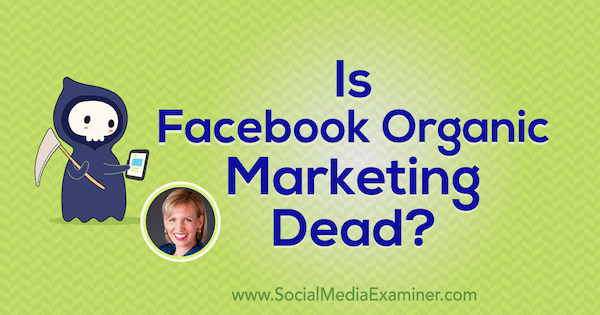
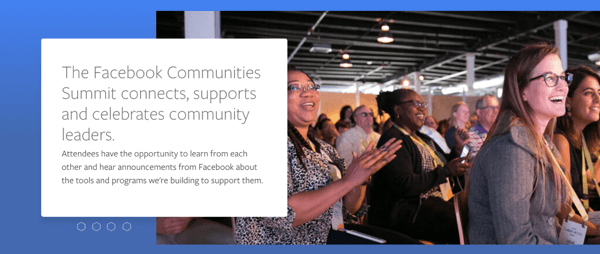
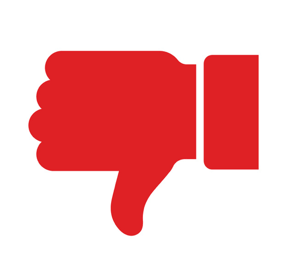 First, Mari says, don’t even bother sharing YouTube video links. If you find a great YouTube video obviously belonging to someone else and you just love it and you want to share it, go right ahead. But don’t expect that page post to get much reach or engagement. YouTube is Facebook’s main competitor, so Facebook is automatically going to give that YouTube content less reach.
First, Mari says, don’t even bother sharing YouTube video links. If you find a great YouTube video obviously belonging to someone else and you just love it and you want to share it, go right ahead. But don’t expect that page post to get much reach or engagement. YouTube is Facebook’s main competitor, so Facebook is automatically going to give that YouTube content less reach. Mari says video gets the best engagement on Facebook, followed by question posts with the second best engagement, and photo posts with the third best engagement.
Mari says video gets the best engagement on Facebook, followed by question posts with the second best engagement, and photo posts with the third best engagement.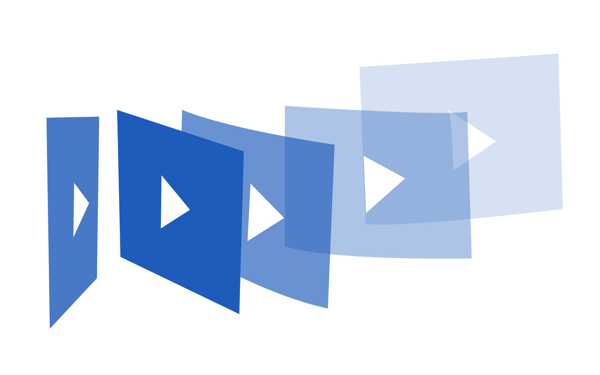
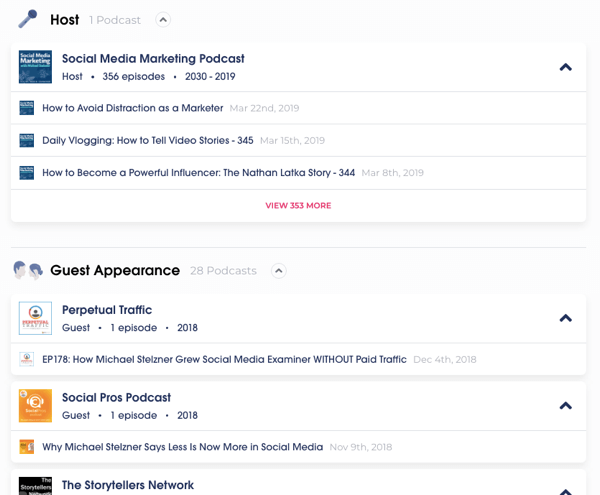

 RSS Feed
RSS Feed
